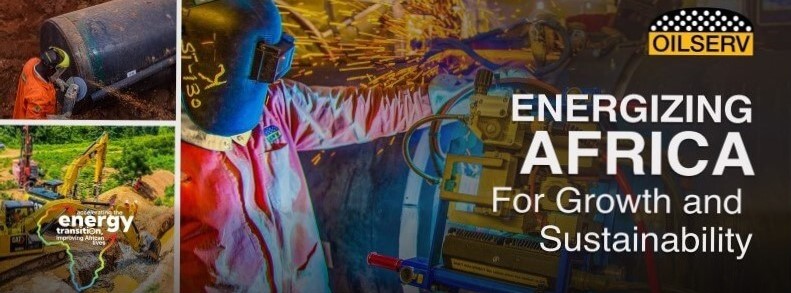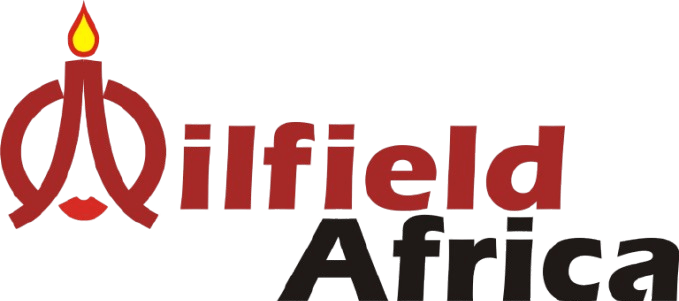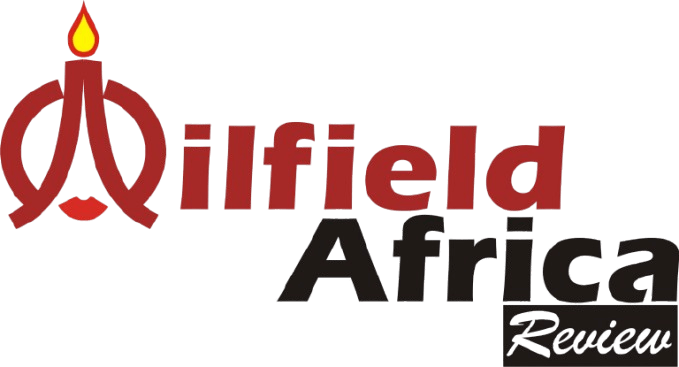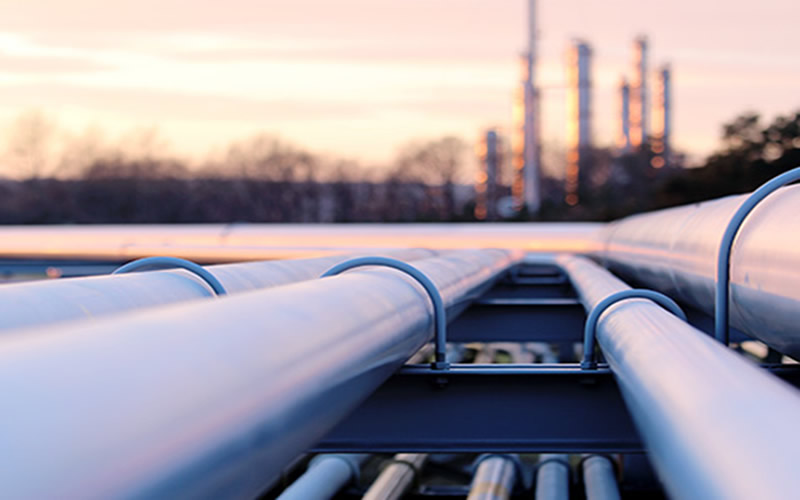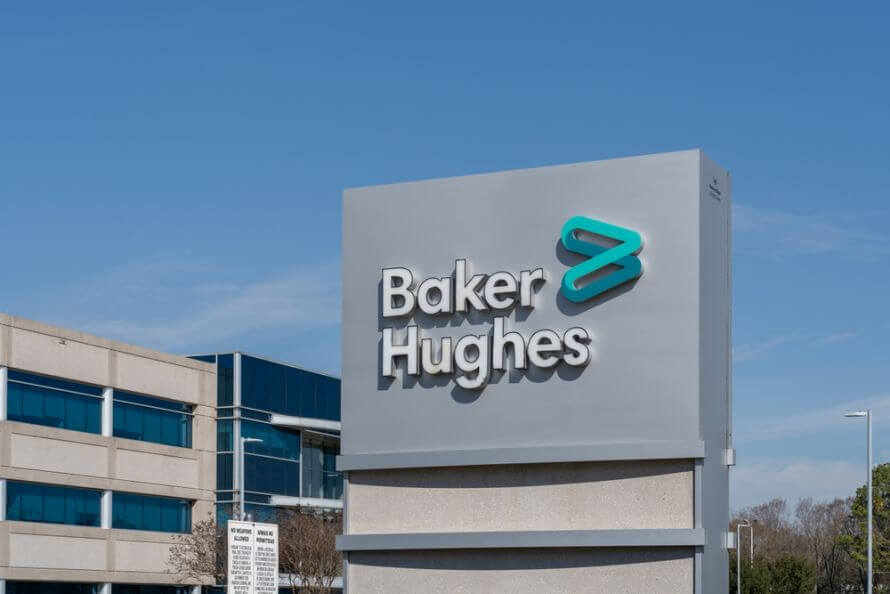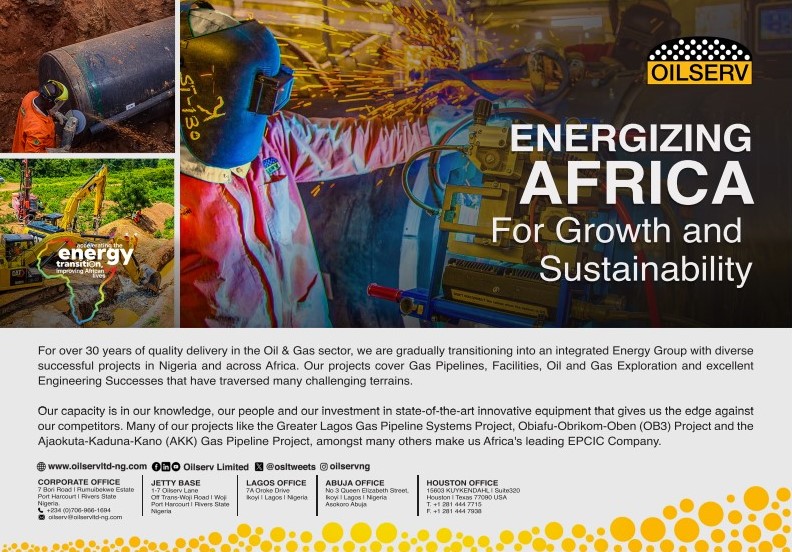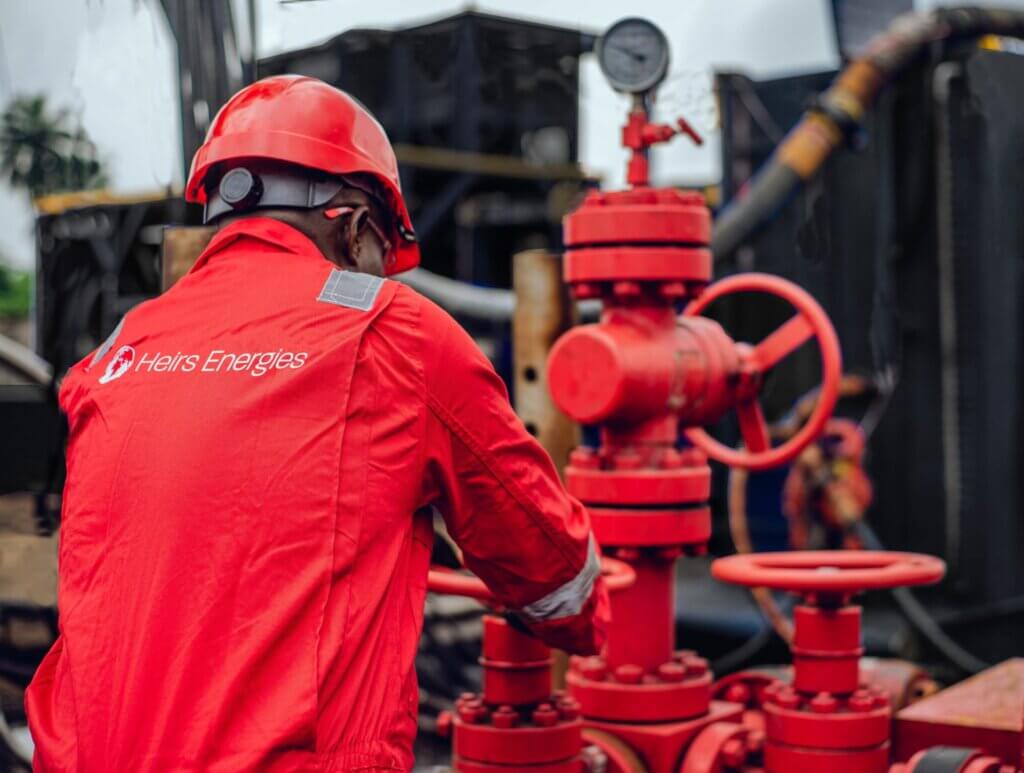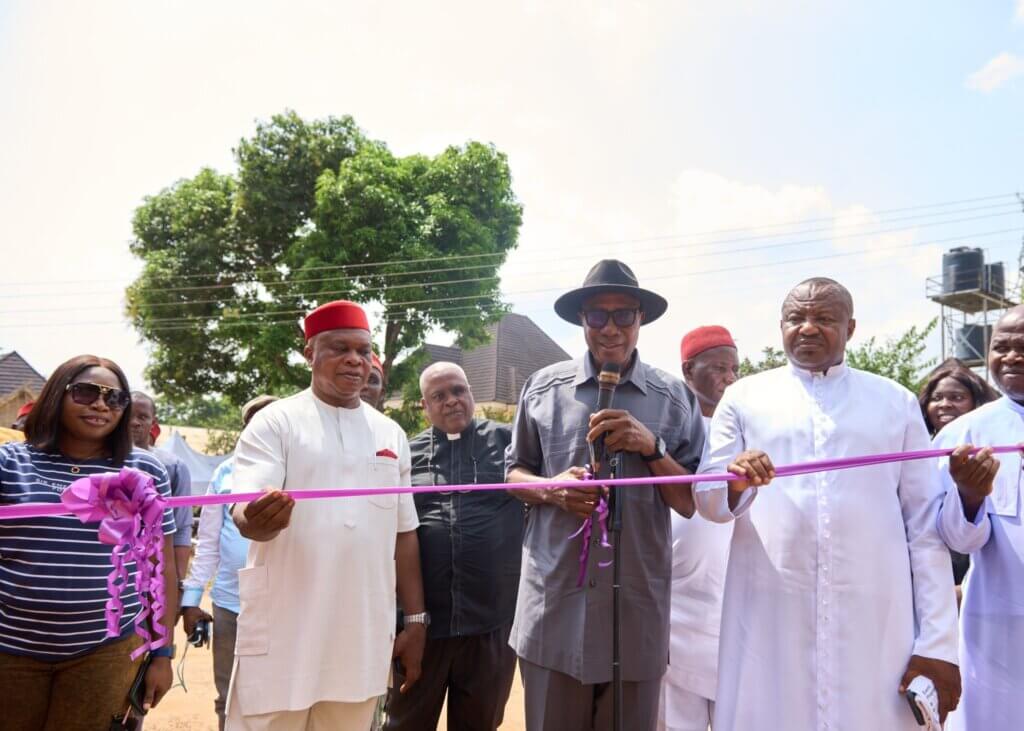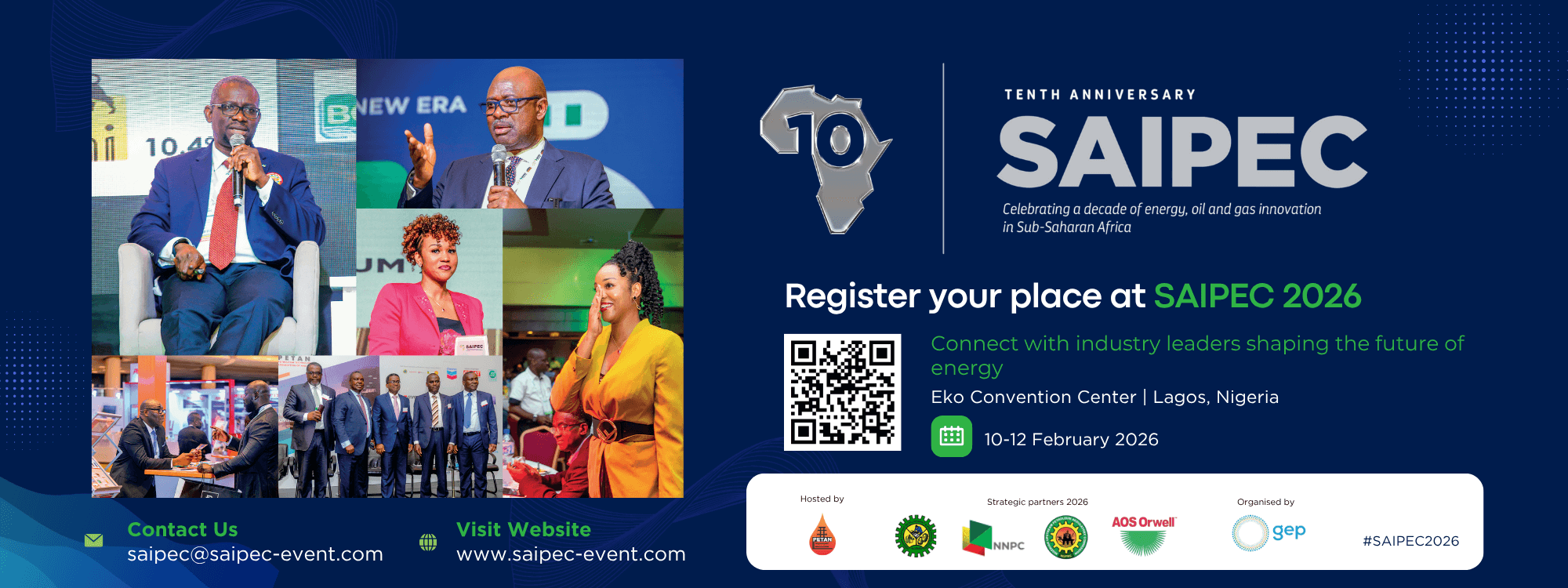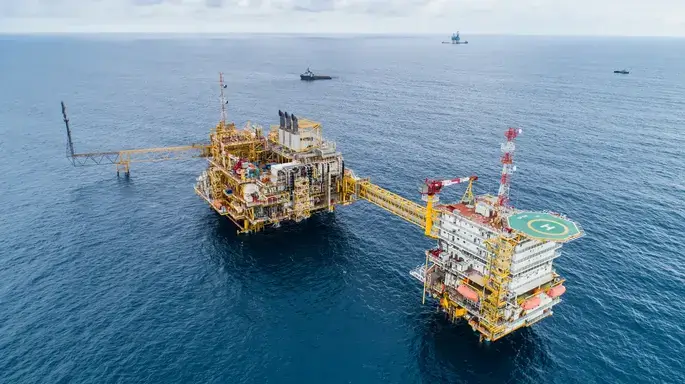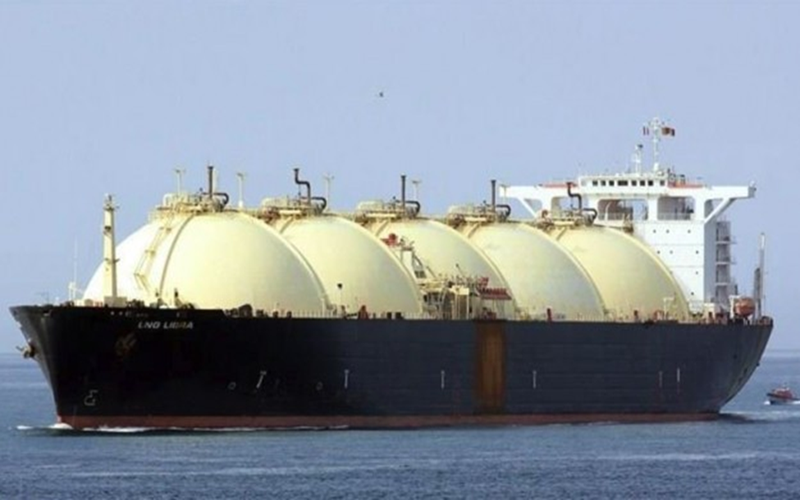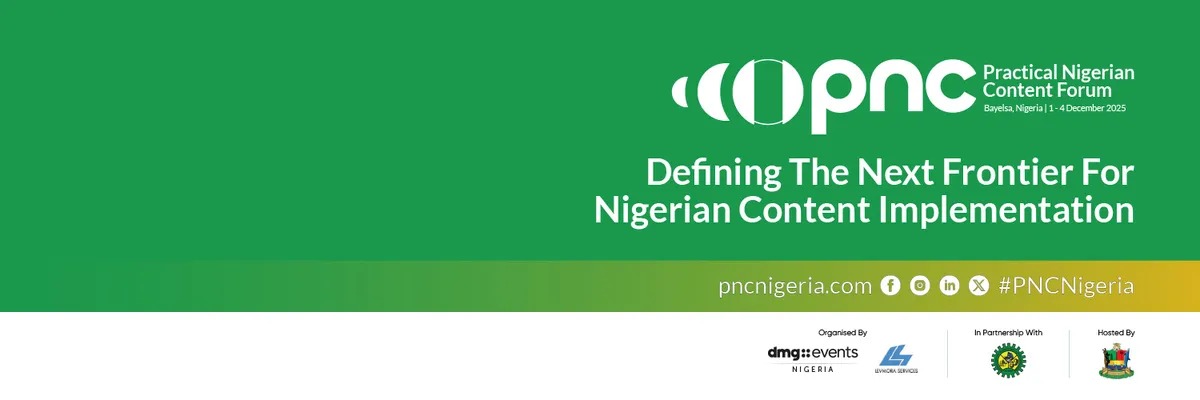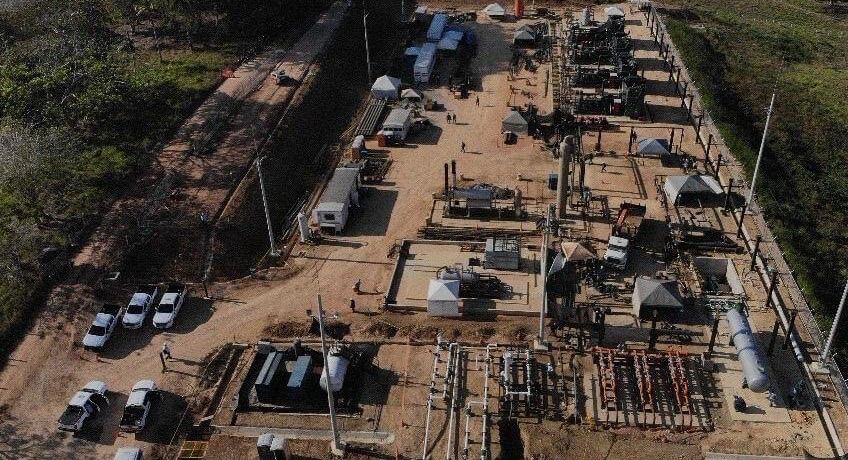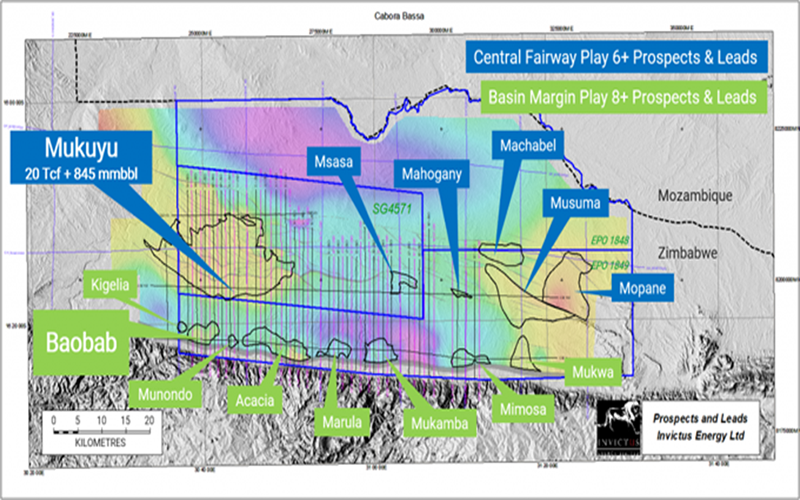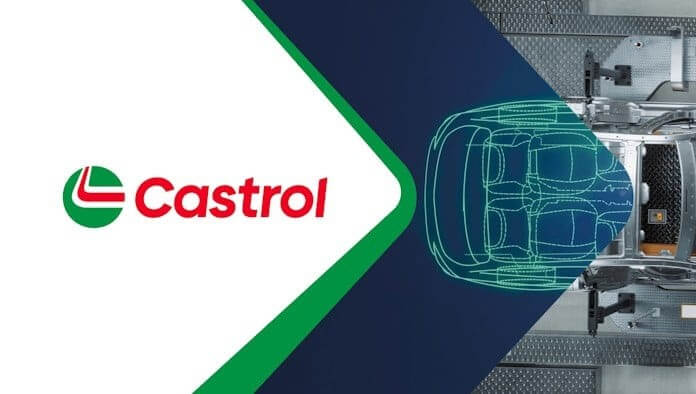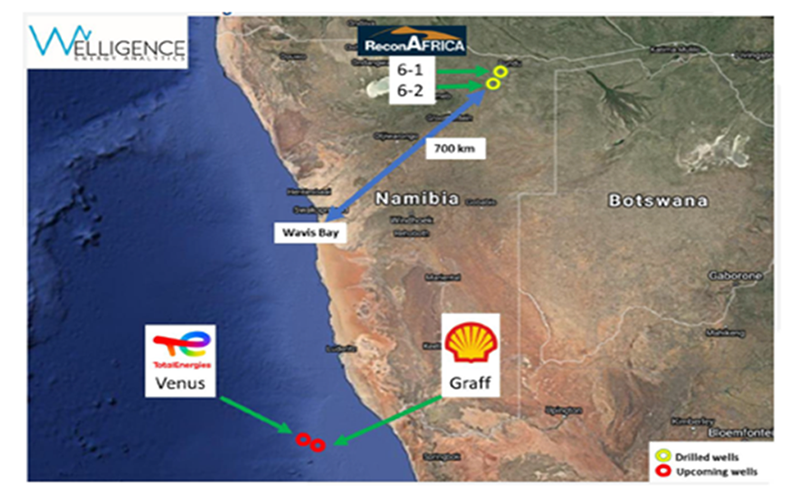
Barely one month after Shell announced the company’s drilling campaign of the Graff-1 oil exploration well in Block 2913A, located in the Orange Basin, offshore Namibia, Shell in partnership with with Qatari state-owned petroleum company, QatarEnergy, and Namibia’s National Oil Company (NOC), NAMCOR have has made a significant oil and gas discovery at an closely-watched offshore well in Namibia which could spark a wave of investment in the southern African country, three industry sources told Reuters.
But it is still yet unclear if the discoveries are big enough for Shell to go ahead with the development of the country’s first deep water field, the sources said. The well which was drilled using the Valaris-owned Ensco DS-10 drillship, and the drilling contract as specified by the Namibian authority had been scheduled to commence in November 2021, with its end-date set for January 2022.
The Namibian government is planning to make an announcement next week on the details of the discovery at the Graff-1 well which Shell started drilling last month, according to two of the sources.
Industry trade magazine Upstream reported on the discovery at the Graff-1 well earlier this month.
The well results have so far shown at least two reservoirs containing what one of the sources described as a significant amount of oil and gas.
According to a second source, the drilling results have shown one layer at least 60 metres deep of hydrocarbons, holding an estimated 250 to 300 million barrels of oil and gas equivalent.
Shell holds a 45% stake in the offshore Petroleum Exploration License 39 (PEL 39) with a 45% interest held by Qatar Petroleum and a 10% held by the National Petroleum Corporation of Namibia (NAMCOR).
A Shell spokesperson said: “We continue to safely execute Graff-1 operations.”
The Ministry of Energy and Mines said it was in the final leg of a process to collect quality data for the Graff-1 well, enabling a “thorough assessment of the prospect potential”.
“As soon as all the data have been analysed, the Ministry will issue a full results announcement,” a statement said.
The discovery is believed to coming after decades of fruitless effort by the Namibian government to put the nation in the global map of oil and gas producing nations. Though this breakthrough is coming at verge of global energy mix, when energy transition as taking the global center stage and Shell being at the fore front of the net zero pursuit, further development of the well it seems as diversion to the global net zero mandate.
Some energy analyst still believed the Shell could opt to develop a new field to replenish its reserves and replace production declines elsewhere.
Namibia recent years interests in its offshore prospects have attracted many foreign companies including Exxon Mobil (XOM.N) and TotalEnergies (TTEF.PA) following discoveries in neighbouring South Africa as well as Brazil and Guyana which share geological similarities.
“If successful, Graff-1 could spark significant international investment to a region which has had minimal E&P exploration and production activity over the last 25 years,” IHS Markit analyst Hugh Ewan said in a note after Shell started drilling Graff-1 in December.
TotalEnergies spudded the Venus well on 1 December on the adjacent Block 2913B. It is drilling this well in 3 000 metres of water, with the Maersk Voyager.The Graff-1 is targeting a shallower area than Venus. Shell has been partnered with QatarEneries since April this year, operating in Namibia’s offshore Blocks 2913A and 2914B, both of which are located within the Petroleum Exploration License (PEL) 39, covering an area of approximately 12,300km2, and located in ultra-deepwater depths of up to 2,500m.













